Navigating the ebbs and flows of a writing journey can often bring a mix of exhilarating highs and challenging lows. Writers often face moments where their stories don’t leap off the page with the zest they envision. It’s a familiar scene: a manuscript sprawled across a desk, filled with intricate backstories seemingly essential but somehow bog down the narrative.
Take a step back and consider the initial hook of your story. If the beginning feels sluggish, you might be intertwining too much backstory too soon. This common dilemma often stems from a rich tapestry of thoughts behind your characters, but sometimes, less is more, especially in the opening pages.
Imagine the scene: a quiet room, the soft hum of a computer, and the sound of keys tapping. Yet, despite the comforting atmosphere, frustration looms. The writer, deep in thought, realizes that their detailed character histories are overwhelming the story’s present. It’s akin to a painter adding too many colors to a canvas, creating a muddled picture instead of a masterpiece.
Here’s a thought: Perhaps the backstories are overshadowing the narrative’s present. A practical solution is to compartmentalize. Create a separate document or dedicated notebook for these histories. This can be your encyclopedia—your characters’ world at your fingertips, without weighing down the story’s onset.
Picture a well-organized workspace: a computer screen displaying the current manuscript, a notebook brimming with character details, and sticky notes plastered with pivotal plot points. This separation allows the writer to access essential background information without disrupting the narrative flow. It’s a strategy that many seasoned authors swear by, keeping the heart of their story vibrant and engaging.
Distill your protagonist’s pivotal moment of change into one concise, potent sentence. This isn’t just an exercise in brevity; it’s about finding the essence of your narrative’s propulsion. That single line can guide your story’s beginning, ensuring that your opening scene has the impact it deserves.
Consider a classic example: In Pride and Prejudice, Jane Austen begins with the line, “It is a truth universally acknowledged, that a single man in possession of a good fortune, must be in want of a wife.” This sentence encapsulates the central theme and sets the tone for the entire novel. It’s a powerful technique—capturing the essence of the story in a single, memorable line.
Reflect on the last time a book grabbed your attention from the first sentence. It likely had a succinct, intriguing start that pulled you in. The magic lies in distillation, the art of saying more with less. This practice can transform your opening from a slow reveal to a captivating entrance.
A subtle irony often underpins this process: the more a writer knows about their characters, the harder it can be to leave details out. But this knowledge forms the foundation, a solid structure beneath the surface. It’s like an iceberg, where only the tip is visible, yet its massive base supports it unseen.
Embrace the challenge with a touch of humor. Picture yourself as a detective, sifting through clues and deciding which ones are crucial to reveal now and which can wait. This playful mindset can ease the tension and make the process more enjoyable. Writing, after all, is not just a profession but a passion—a journey of discovery and creativity.
In conclusion, balancing backstory with action is the key to a compelling narrative. By compartmentalizing character histories and distilling the protagonist’s pivotal moment into a potent sentence, writers can ensure that their stories start with the impact they deserve. This approach keeps the reader engaged and allows the writer to navigate the intricate dance of storytelling with grace and confidence.
So, next time you find yourself mired in the details, step back, take a breath, and remember: the heart of your story is waiting to be unveiled, one captivating sentence at a time.
We Don’t Want to Write the Laws; We Want to Publish the Books
We Believe in the Power of Authors Short Video: https://bit.ly/45z6mvf
Writers Reshape the World Short Video: https://bit.ly/47glKOg
Bringing Your Book to Market Booklet: https://bit.ly/2ymDVXx
Bringing Your Book to Market Short Video: https://bit.ly/3Q3g2JD



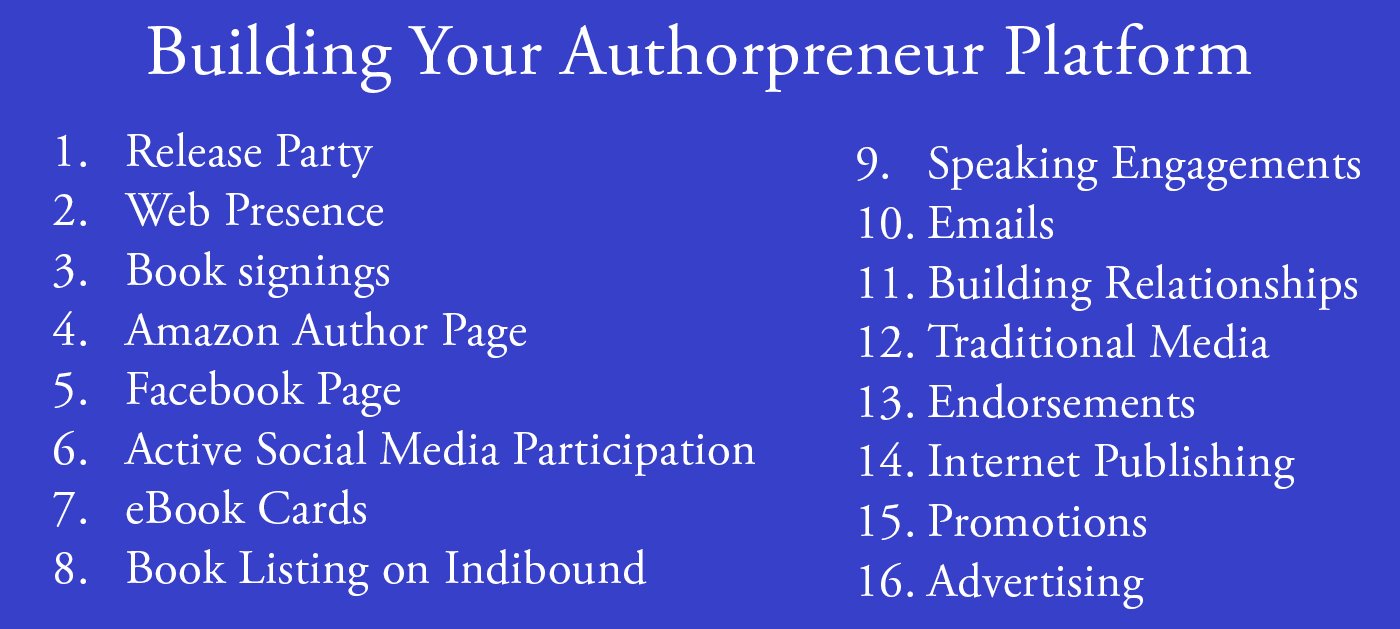
 This is Publication Consultants’ motivation for constantly striving to assist authors sell and market their books. Author Campaign Method (ACM) of sales and marketing is Publication Consultants’ plan to accomplish this so that our authors’ books have a reasonable opportunity for success. We know the difference between motion and direction. ACM is direction! ACM is the process for authorpreneurs who are serious about bringing their books to market. ACM is a boon for them.
This is Publication Consultants’ motivation for constantly striving to assist authors sell and market their books. Author Campaign Method (ACM) of sales and marketing is Publication Consultants’ plan to accomplish this so that our authors’ books have a reasonable opportunity for success. We know the difference between motion and direction. ACM is direction! ACM is the process for authorpreneurs who are serious about bringing their books to market. ACM is a boon for them. Release Party
Release Party Web Presence
Web Presence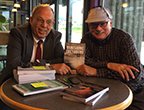 Book Signings
Book Signings Facebook Profile and Facebook Page
Facebook Profile and Facebook Page Active Social Media Participation
Active Social Media Participation Ebook Cards
Ebook Cards The Great Alaska Book Fair: October 8, 2016
The Great Alaska Book Fair: October 8, 2016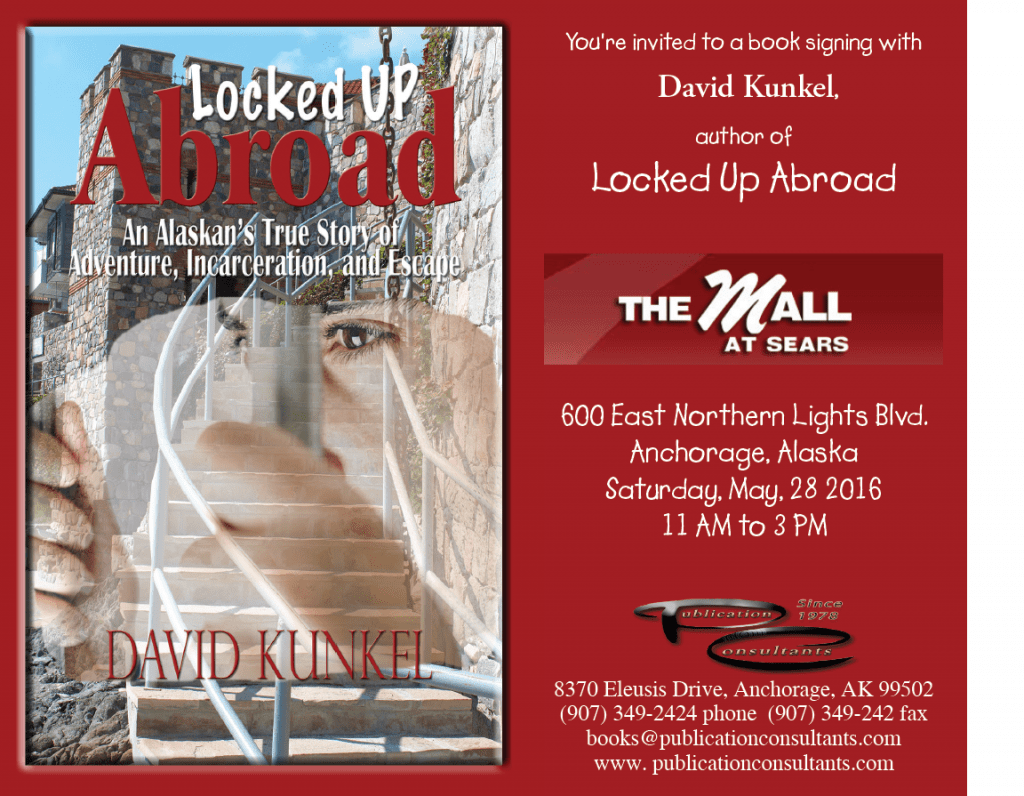


 Costco Book Signings
Costco Book Signings eBook Cards
eBook Cards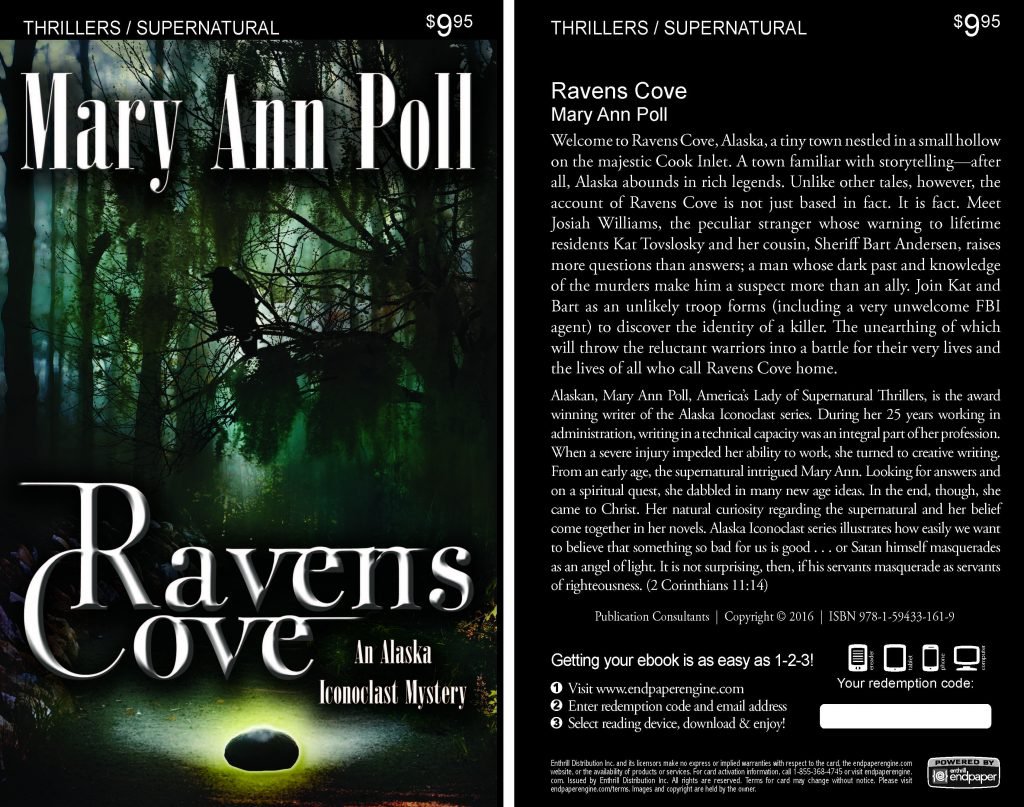

 Benjamin Franklin Award
Benjamin Franklin Award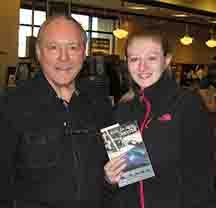 Jim Misko Book Signing at Barnes and Noble
Jim Misko Book Signing at Barnes and Noble
 Cortex is for serious authors and will probably not be of interest to hobbyists. We recorded our Cortex training and information meeting. If you’re a serious author, and did not attend the meeting, and would like to review the training information, kindly let us know. Authors are required to have a Facebook author page to use Cortex.
Cortex is for serious authors and will probably not be of interest to hobbyists. We recorded our Cortex training and information meeting. If you’re a serious author, and did not attend the meeting, and would like to review the training information, kindly let us know. Authors are required to have a Facebook author page to use Cortex. Correction:
Correction: This is Publication Consultants’ motivation for constantly striving to assist authors sell and market their books. ACM is Publication Consultants’ plan to accomplish this so that our authors’ books have a reasonable opportunity for success. We know the difference between motion and direction. ACM is direction! ACM is the process for authors who are serious about bringing their books to market. ACM is a boon for serious authors, but a burden for hobbyist. We don’t recommend ACM for hobbyists.
This is Publication Consultants’ motivation for constantly striving to assist authors sell and market their books. ACM is Publication Consultants’ plan to accomplish this so that our authors’ books have a reasonable opportunity for success. We know the difference between motion and direction. ACM is direction! ACM is the process for authors who are serious about bringing their books to market. ACM is a boon for serious authors, but a burden for hobbyist. We don’t recommend ACM for hobbyists.

 We’re the only publisher we know of that provides authors with book signing opportunities. Book signing are appropriate for hobbyist and essential for serious authors. To schedule a book signing kindly go to our website, <
We’re the only publisher we know of that provides authors with book signing opportunities. Book signing are appropriate for hobbyist and essential for serious authors. To schedule a book signing kindly go to our website, < We hear authors complain about all the personal stuff on Facebook. Most of these complaints are because the author doesn’t understand the difference difference between a Facebook profile and a Facebook page. Simply put, a profile is for personal things for friends and family; a page is for business. If your book is just a hobby, then it’s fine to have only a Facebook profile and make your posts for friends and family; however, if you’re serious about your writing, and it’s a business with you, or you want it to be business, then you need a Facebook page as an author. It’s simple to tell if it’s a page or a profile. A profile shows how many friends and a page shows how many likes. Here’s a link <> to a straight forward description on how to set up your author Facebook page.
We hear authors complain about all the personal stuff on Facebook. Most of these complaints are because the author doesn’t understand the difference difference between a Facebook profile and a Facebook page. Simply put, a profile is for personal things for friends and family; a page is for business. If your book is just a hobby, then it’s fine to have only a Facebook profile and make your posts for friends and family; however, if you’re serious about your writing, and it’s a business with you, or you want it to be business, then you need a Facebook page as an author. It’s simple to tell if it’s a page or a profile. A profile shows how many friends and a page shows how many likes. Here’s a link <> to a straight forward description on how to set up your author Facebook page.



 Mosquito Books has a new location in the Anchorage international airport and is available for signings with 21 days notice. Jim Misko had a signing there yesterday. His signing report included these words, “Had the best day ever at the airport . . ..”
Mosquito Books has a new location in the Anchorage international airport and is available for signings with 21 days notice. Jim Misko had a signing there yesterday. His signing report included these words, “Had the best day ever at the airport . . ..”


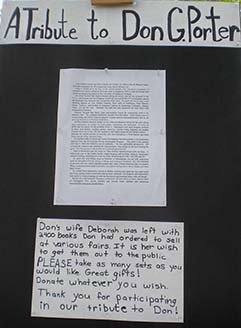
 The Lyin Kings: The Wannabe World Leaders
The Lyin Kings: The Wannabe World Leaders
 Time and Tide
Time and Tide


 ReadAlaska 2014
ReadAlaska 2014 Readerlink and Book Signings
Readerlink and Book Signings
 2014 Independent Publisher Book Awards Results
2014 Independent Publisher Book Awards Results

 Bonnye Matthews Radio Interview
Bonnye Matthews Radio Interview
 Rick Mystrom Radio Interview
Rick Mystrom Radio Interview When he published those overseas blogs as the book The Innocents Abroad, it would become a hit. But you couldn’t find it in bookstores.
When he published those overseas blogs as the book The Innocents Abroad, it would become a hit. But you couldn’t find it in bookstores. More NetGalley
More NetGalley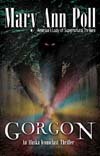 Mary Ann Poll
Mary Ann Poll
 Bumppo
Bumppo
 Computer Spell Checkers
Computer Spell Checkers Seven Things I Learned From a Foreign Email
Seven Things I Learned From a Foreign Email 2014 Spirit of Youth Awards
2014 Spirit of Youth Awards Book Signings
Book Signings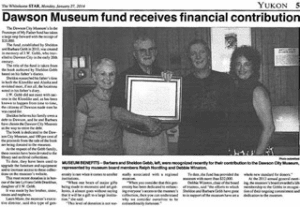

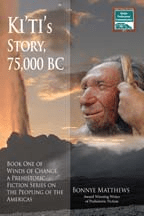
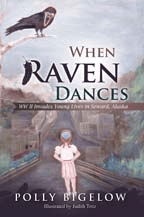 Blog Talk Radio
Blog Talk Radio Publication Consultants Blog
Publication Consultants Blog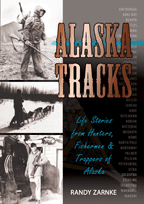 Book Signings
Book Signings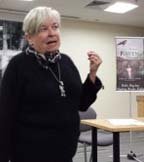
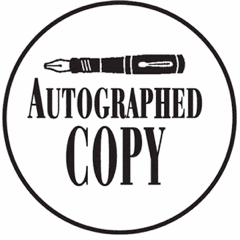
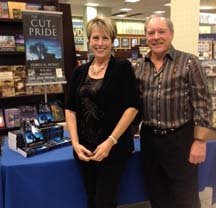

 Don and Lanna Langdok
Don and Lanna Langdok Ron Walden
Ron Walden Book Signings Are Fun
Book Signings Are Fun Release Party Video
Release Party Video
 Erin’s book,
Erin’s book,  Heather’s book,
Heather’s book,  New Books
New Books